By Jonathan North
Bartolomeo Colleoni was a Renaissance success story. A simple mercenary, he rose from obscurity to the most important position on the Italian peninsula: commander-in-chief of the armies of Venice. He began his career as a soldier of fortune and ended it surrounded by power, prestige, and the honor bestowed upon him by the leading powers of Europe.
Young Colleoni lived his life in violent times. Born in 1400 in the little castle of Trezzo on the river Adda in northern Italy, his childhood was rudely traumatized by the murder of his father when Bartolomeo was just two. Caught up in the internecine squabbling of Italian politics, Colleoni’s father was assassinated by vengeful relatives while playing draughts. In 1416 Trezzo Castle itself was wrested from the family by the Visconti of Milan, and the young Bartolomeo began an itinerant life, first as squire then as soldier of fortune.
There was plenty of opportunity for work. Italy in the early 15th century was beset by almost constant war over territory, resources, or prestige. Venice, hoping to enlarge its mainland possessions for self-protection, fought Milan. Florence turned on Siena. Naples was the scene of an almost constant struggle. The Pope and the Papal States played their part, siding with one state against another, then turning about and changing sides. Any peace treaty was fragile, short-lived, and hardly worth the paper it was written on.
Assassinations, Shadowy Activity, Power Struggles
The very nature of the struggle fueled such warlike affairs. Ruling families and clans might find themselves deposed by rivals supported by hostile powers. Suddenly exiles themselves, they would enlist with any army that might promise to return them to their former position. Failing that, they would pour resources into clandestine attempts to eliminate or assassinate their usurpers.
All this shadowy activity sowed great mistrust and complicated still further already complex power politics. Individual loyalty was rare and often tied to a quest for power, whatever the price. Warfare was frequently nothing more than feuding between dynasties. And in such a struggle it was perhaps inevitable that the power-hungry turned to mercenaries as a means to an end. Companies or bands would be hired, entire armies of these condottieri (contracted men) raised and put into the field. Such a fluid system was well established and had been characteristic in Italy for more than a century by the time Colleoni was learning his trade.
Of course there were critics of such a system, and Machiavelli is probably the best known from among their ranks. Many of the contemporary criticism came from employers frustrated that the money they spent did not always lead to significant success. Filippo Maria Visconti had despaired in 1441 that “these condottieri have now reached the stage when if they are defeated we pay for their failures; and if victors we must satisfy their demands and throw ourselves at their feet.” Luca Landrucci, a merchant of Florence, described Italian warfare in his diary in August 1478: “You pillage there, and we will pillage here; and there is no need for us to approach too close to one another.”
There was always disappointment when there was a lack of results or unhappiness with particular captains or particular negotiating techniques. Some of the criticisms were justifiable, but many were subjective. Alongside the open frustrations, there was, however, one particular question that presented itself when city-states employed ever-more-powerful mercenary captains. In such circumstances, how could mercenaries, some of whom were princes in their own right, give loyal, faithful service? If a state could find and retain a captain of merit, and a faithful one, it could consider itself lucky indeed.
Colleoni was a man of medium height with dark, playful eyes and boundless energy. He was accomplished in personal combat, much given to jousting, riding, and hunting. It was not long before the young squire found employment as a soldier of fortune. His early career seems to have followed the fortunes of whichever employer had secured his services. In 1421 he was in the retinue of Jacopo Caldora, fighting in Queen Joanna of Naples’ war against the king of Aragon. Colleoni distinguished himself at Aquila in 1424 and was thereby entrusted with independent command in the rough lands of central Italy and in the Pope’s war against Bologna in 1428. He acquired a considerable reputation for personal bravery and in 1430 was offered the opportunity to enter the retinue of the illustrious Carmagnola, one of the leading condottieri of the period as well as commander-in-chief of the Republic of Venice.
A Commander Summoned and Executed in St. Marks Square
It was an auspicious move, but it also quickly brought to Colleoni’s attention the perils of mercenary warfare. Carmagnola was besieging Cremona in 1431, but was being so cautious in his approach that the Venetians suspected treachery. In April 1432 the commander was, on some pretext, summoned to Venice, then seized and executed in St. Mark’s Square. Venice sent a very clear signal that it expected total loyalty and that the price of treason would be more than mere retention of pay.
But the execution did Colleoni’s career no harm at all and, in the uncertain times following the execution of Carmagnola, he was promoted. Commanding a squadron of 80 men-at-arms he served in the campaign that took the Venetians over the Oglio and into Milanese territory. The Venetians were defeated at Lecco, ushering in a period of relative calm. But in 1437, the Milanese again got the better of the Venetians in fighting around Bergamo. Colleoni distinguished himself during the Venetian retreat, fighting his way through the snowy mountain passes, keeping his weary band together, and escaping to Verona. His employers pronounced themselves more than satisfied with his actions and he was lavishly rewarded.
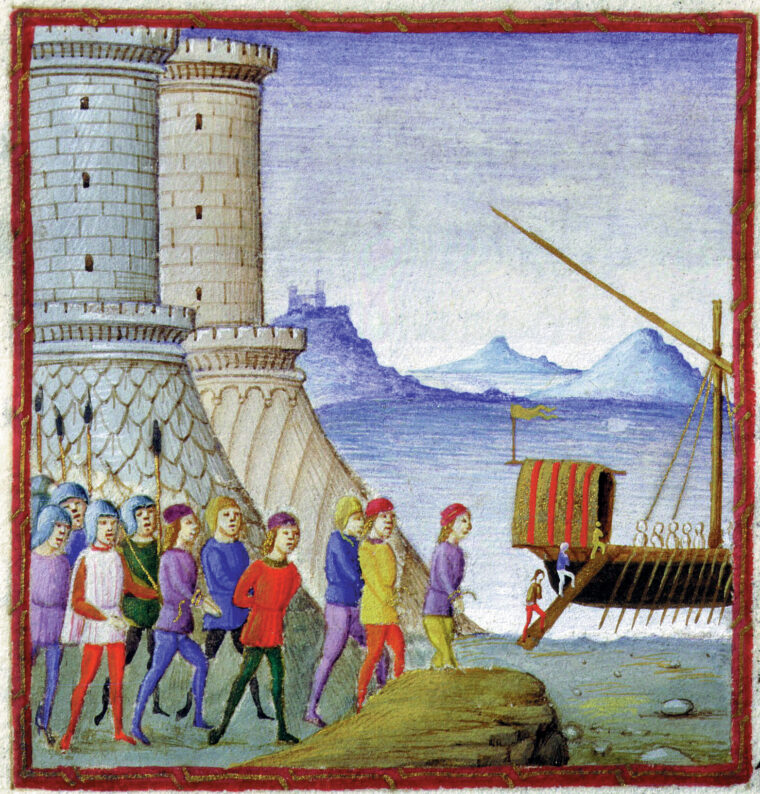
The city of Brescia saw one of Colleoni’s most famous exploits. In 1439, Colleoni cleverly broke the siege of the city by dragging six galleys and 25 transport ships overland from the Adige using 2,000 oxen. Having deposited the ships in Lake Garda, Colleoni began to ferry supplies over to the besieged city and, by June 1440, the siege was over. Colleoni entered a grateful city in triumph. Success was followed by more success when Colleoni played a major part in defeating the Milanese at Cignano, a victory that led to a temporary truce between the warring factions.
Victory brought rewards and property. Venice awarded Colleoni Romano, Covo, and Antegnate. Incentives such as these were intended to tie mercenaries to the state and increase their prestige. But, even so, squabbles over 32,000 ducats back-pay and the Venetian provedditore’s attempts to reduce his company to a peacetime footing made Colleoni uneasy. In 1443 he switched to Milanese service, after Piccinino, the chief Milanese condottiere, left to serve the Pope. Despite now being a Venetian landowner, Colleoni put his career first and looked to cash income. It seemed that Venice had lost out in the keen, clandestine negotiations.
After Sustaining 1,500 Casualties, the French Fled North…
Colleoni did not prosper in Milanese service for long, and a disagreement with the Duke of Milan led to his imprisonment in 1447. But the cruel duke died in August of that year and Colleoni escaped. He offered his services to the new Milanese authorities—the short-lived Ambrosian Republic. In this capacity he proved a remarkable success, defeating French troops sent by the Duke of Orleans at Bosco Marengo in October 1447. At this battle Colleoni foreswore the traditional complicated manuevering in the Italian manner. Instead he gathered his squadrons, launched a massive assault against the French center, broke the French line, and pursued its remnants for miles across the muddy fields. The French lost 1,500 casualties and quickly fled northward.
This victory encouraged the Venetians in their attempts to buy Colleoni back. The price was right in 1448 and the middle-aged mercenary once again entered Venetian service. His first engagement was at Caravaggio. Colleoni reconnoitered the Milanese position in disguise the evening before the battle, informing his superiors that the Milanese had one weakness—their flank rested on some thick woods. Attendolo, the Venetian commander, launched an assault and the Venetians swept through the Milanese into their well-appointed camp. But Milanese reserves now caught the Venetians off-guard and forced them from the field of battle. Colleoni had, however, shown courage in defeat, again rallying the rear guard and covering the withdrawal.
The Venetians recovered and they sent Colleoni to assist Sforza in hopes of conquering Milan and bringing it into the Venetian camp. The Milanese called upon the Duchy of Savoy to repel this menace and soon 6,000 troops from that duchy were on their way south. Colleoni and Sforza met this veteran force at Bergomanero on April 22, 1449. This battle is interesting in that it shows that Italian condottieri could be determined and win a stubbornly contested battle.
The army from Savoy advanced and crossed the Agogna River, pushing back the Italians. Colleoni let the Savoyards come on, but then held them in the center with his excellent infantry while he launched a devastating series of counterattacks chiefly on the enemy right. Jacques de Challand was taken prisoner and the Savoyards broke and fled, leaving 300 dead and 1,000 prisoners. Colleoni repeated the success at Romagnano later that year, sending a clear signal to the rest of Europe that he was the principal commander in the Italian peninsula.
By 1450 the Milanese Ambrosian Republic had expired and Sforza entered Milan in triumph; Colleoni, basking in success, had played a key role in the victory. But any sense of achievement was soon scotched. The Venetian commander, Malatesta, a condottiere-prince and man of considerable repute, had fallen foul of the Venetian authorities through his treatment of the Duchess of Bavaria. They terminated his agreement and set about finding a new commander. The choices were impressive: Piccinino, a veteran of many campaigns; Gentile della Lionessa; and Colleoni. Despite forceful lobbying, Lionessa proved better connected and was raised to the command.
Colleoni was outraged and made furious noises. The Venetians, fearing his desertion, sent envoys to arrest him and prevent his leaving their service. On April 3, 1452, as armed guards rode up to his tent at Isola della Scala, Colleoni escaped. But only just—he was pursued across the fields by light cavalry. Many of his company were not so lucky, being butchered in their beds. Others were dismissed from service, and still others were absorbed into other companies.
Colleoni was Proclaimed Captain General of the Republic
Colleoni, naturally, was taken into Milanese service and distinguished himself against his former masters at Porzano near the end of 1452. He fought for the Milanese throughout 1453 and into 1454, showing remarkable skill and provoking regret in the Venetian camp that they had not been able to retain his services. Then Lionessa died in 1453 and the Venetians chose Piccinino, a soldier of talent, as their commander. But soon the Venetians were dismayed by Piccinino’s troops’ lack of discipline and when peace was signed between Milan and Venice at Lodi in 1454 they set about courting Colleoni once more. The condottiere was quite prepared to listen to their offers of money, and in March 1455 he was proclaimed Captain General of the Republic.
This was quite an achievement. Confirmed in his possessions, and given further lands, he was also granted a generous annual stipend. Indeed, by 1462 Colleoni was being paid 60,000 florins a year in times of peace and 100,000 in times of war. Among his proudest possessions was the castle of Malpaga, granted him by Venice, and turned by the mercenary into a Renaissance court in miniature. There he held sway with his wife and daughters, surrounded by retainers and playing host to honored guests (among them the king of Denmark). A man of simple tastes, fond of good conversation, good food, and wrestling competitions, he could be lavish when occasion demanded. Venice, too, could be lavish in his honor, as testified by the tournaments and festivities held to celebrate his 1458 state entry into the city. Colleoni, like any decent Renaissance lord, also patronized the arts and employed artists such as Giovanni Armadeo as well as leading musicians and singers.
But Colleoni did not neglect the art of war. He retained 4,000 men-at-arms and 10,000 infantry in his service as well as a number of artillerymen. He made sure that his artillery was among the finest in Europe and that many of his infantry would serve effectively as schioppettieri—handgunners—rather than as crossbowmen. He also urged that infantry be trained in offensive tactics to counter the field fortifications so beloved by Italian commanders, and that they be deployed en masse rather than used as mere supports.
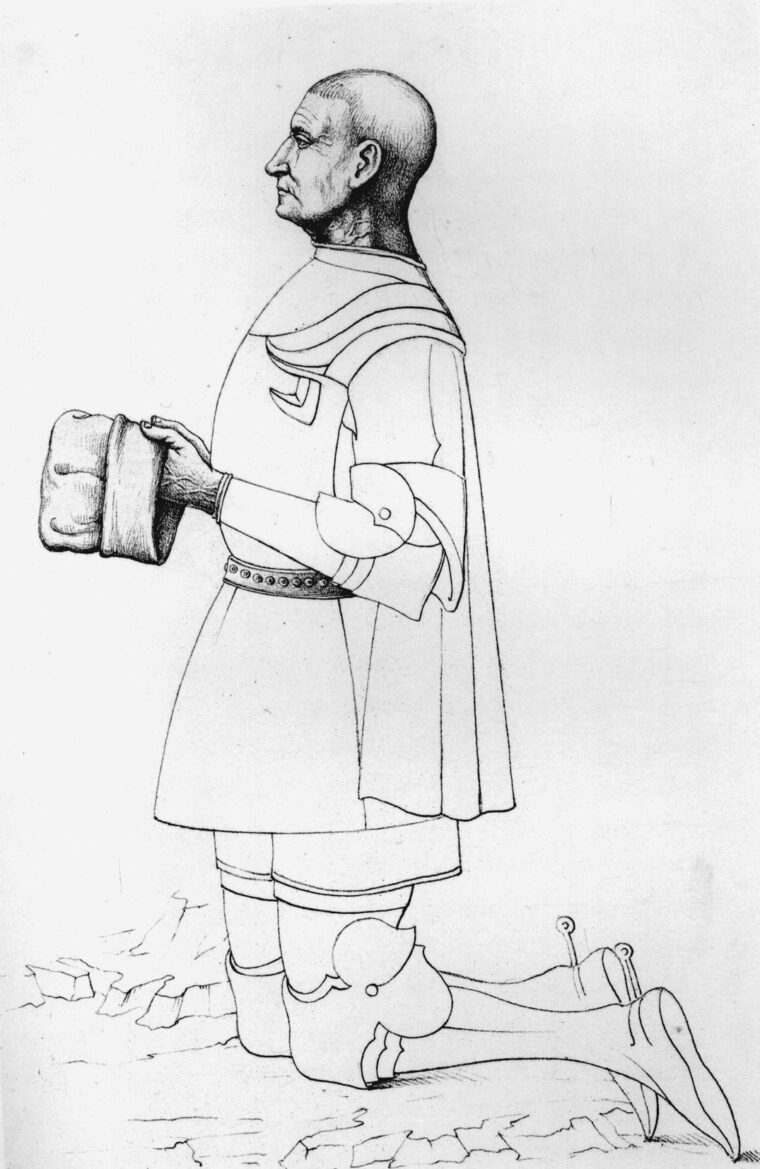
Colleoni, rewarded by Venice, in turn rewarded loyal service to himself, selecting capable commanders and paying them handsomely. His infantry commanders, Diotisalvi Lupi and then Matteo Griffoni, were men of merit who brought prestige to the infantry and groomed the soldiers in offensive warfare. Indeed, Colleoni’s leading officers were a select band dubbed the colleoneschi and this clan formed the basis of the Venetian army long after Colleoni’s death. Even at Fornovo in 1495 the Venetian reserve still bore this name and was commanded by Colleoni’s son-in-law.
“He Who Serves a Republic, Serves No One”
For the next 20 years Colleoni retained command of the Venetian army and served Venice faithfully. Both sides benefited. Venice had the stability it required on its vulnerable mainland possessions, while Colleoni was granted much latitude to select and train the men of his companies, all without state interference. Indeed, Colleoni was so happy with this trust that he reportedly declared that “he who serves a republic, serves no one.”
Colleoni was to fight one more serious war— that against the Medici of Florence. Operating freelance but with the connivance of Venice, Colleoni aided Florentine exiles. The two sides met in a sizable battle on Saturday, July 25, 1467, at Molinella. The battlefield was shrouded in smoke from the discharge of artillery and firearms, but the fighting quickly settled down to a contest between the men-at-arms. Colleoni’s heavily armored men, cantering forward on their huge chargers, acquitted themselves well against the Medici forces, supported by Neapolitan cavalry under Alfonso d’Avalos. Colleoni employed a tactic relatively common among the condottieri—sending forward squadrons of horsemen one at a time to wear down the enemy while retaining the majority of his force in reserve for any possible breakthrough. At Molinella Colleoni also made good use of his artillery, initially bombarding the Florentine line with light guns firing shot weighing two or three pounds, but then pushing his guns forward to devastating effect.
Despite the tremendous heat, the fighting raged for 16 hours, and although casualties were heavy, the result was indecisive. Machiavelli would later scathingly declare that “some horses were wounded and some prisoners taken but no death occurred.” No significant commanders fell, it is true. But contemporary accounts show that there were at least 600 dead and that the ditches for miles around were choked with the bodies of the dead and dying.
Using Papal mediation, the Medici and Colleoni soon sought terms and Colleoni’s pride was cleverly flattered by a Papal offer to make him “General of us and all of Italy against the Turks.” It was an offer that in the real world of Italian politics amounted to little but it nevertheless reflected well on the veteran commander.
Just as flattering was the king of France’s subsequent offer to take Colleoni into his service for a vast amount of money. Charles the Bold, Duke of Burgundy, also had his eye on the Italian master. Frustrated with his own troops, he courted Colleoni to “instruct his own people who had become clumsy and blockheaded in the art of war.” He wrote to Venice in April 1471 asking to borrow Colleoni, and in September of the same year approached the mercenary directly. Negotiations were prolonged, but by February 1474 a contract was sitting on Colleoni’s table at Malpaga. In it Burgundy was offering 150,000 gold ducats a year if Colleoni brought 1,000 of his men-at-arms and 1,000 infantry with him into Burgundian service. They were to be equipped and were to fight “according to the good customs of Italy.” Such a proposal was too tempting for an old man to resist, but Venice stubbornly refused to let him go.
The Fate of Colleoni
It mattered little. On Friday, November 3, 1475, Colleoni died in his castle at Malpaga. He bequeathed 100,000 ducats to the Republic, so that it could fight the Turks. In addition, Venetian officials soon sent a further 232,000 ducats to Venice for safekeeping.
On January 4, 1476, Colleoni’s funeral cortège passed through the somber streets of Venice. Armored knights, banners, and torch-bearing retainers cloaked in black filed passed Venice’s dignitaries and citizens. It was a show of pomp and splendor and one most unusual in a state that always intended to play down the role of the individual. Colleoni was even honored with a statue in the city.
Colleoni’s success was based on the loyalty he showed his patrons and his ability as a commander. True, he treated warfare like a business, just like all soldiers of fortune, and had had his fair share of coming and going. But, by and large, he never betrayed his employers. Venice alone had had its share of bad experiences in this regard: Carmagnola had been suspected of wanting to desert in 1432; Alvise dal Verme, himself a Venetian citizen, had actually deserted Venice for the Milanese in 1434; Gonzaga went over to Venice’s rival in 1437; Malatesta was disgraced from service in 1450; and Evangelista Savelli deserted in 1452. Colleoni had different standards, retained his honor, and knew that those who served honorably should be rewarded.
From 1455 and 1475 he served the republic well, developing her army, securing the mainland, and establishing Venice as a military power to be reckoned with (Venetian infantry were deemed particularly strong). Indeed, in the 1470s the Venetian military had clearly left Florence behind and outshone its Italian rivals—an achievement that must be attributed to Colleoni. As a general he showed versatility and determination. In doing so he countered the arguments of Machiavelli who derided the mercenaries for slavishly following a system and for fighting half-heartedly. Colleoni showed at Bosco Marengo, Bergomanero, Romagnano, and Molinella that he was more than capable of shaping his tactics to suit the situation and of surprising his enemies by doing the unexpected. As a result he was courted by the chief powers of Europe and earned a tremendous reputation.
Colleoni came a long way from being a restless soldier of fortune. He had made war his business and prospered through good service and talent. By the time of his death the republic’s respected commander was Europe’s greatest soldier—and one of the richest.
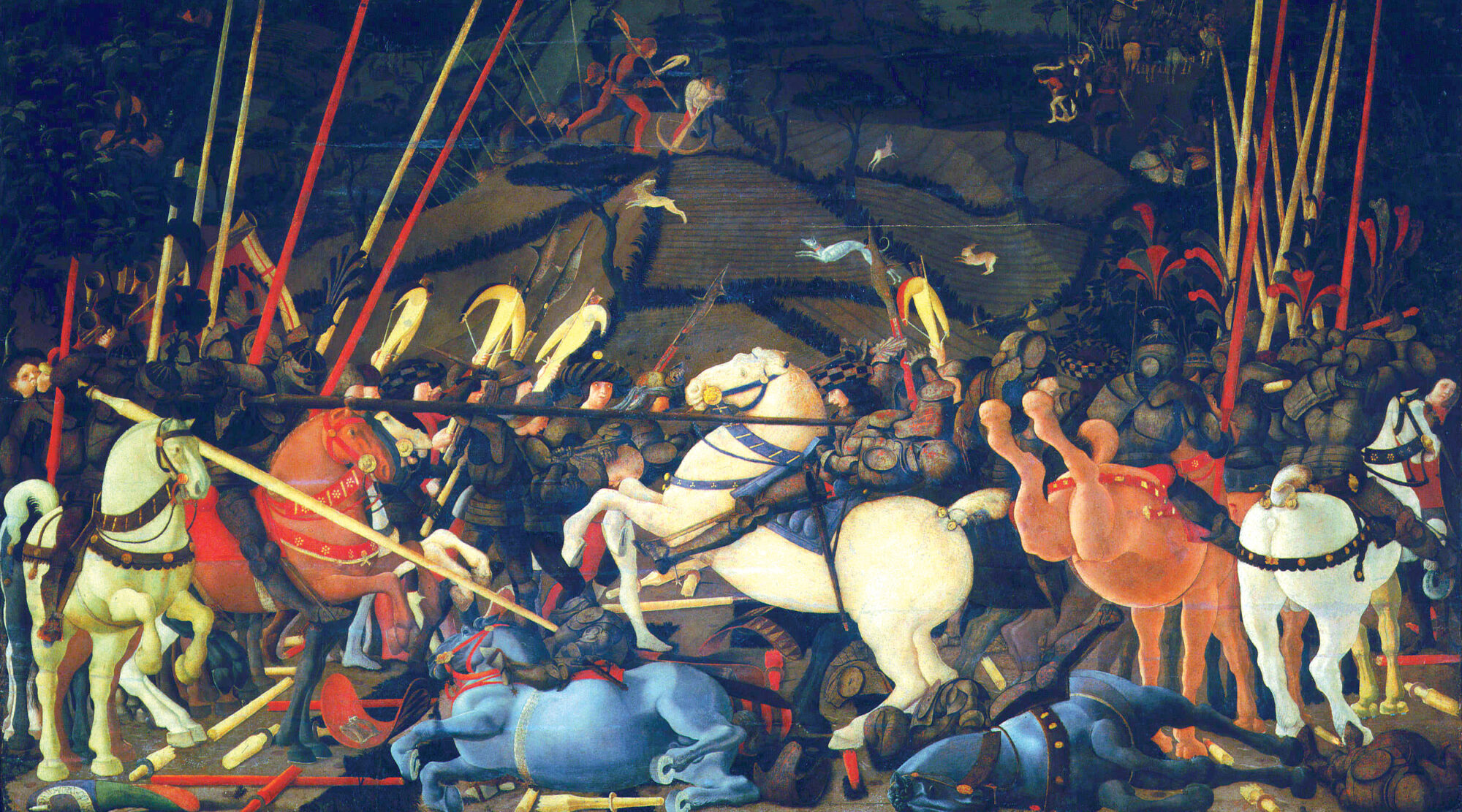
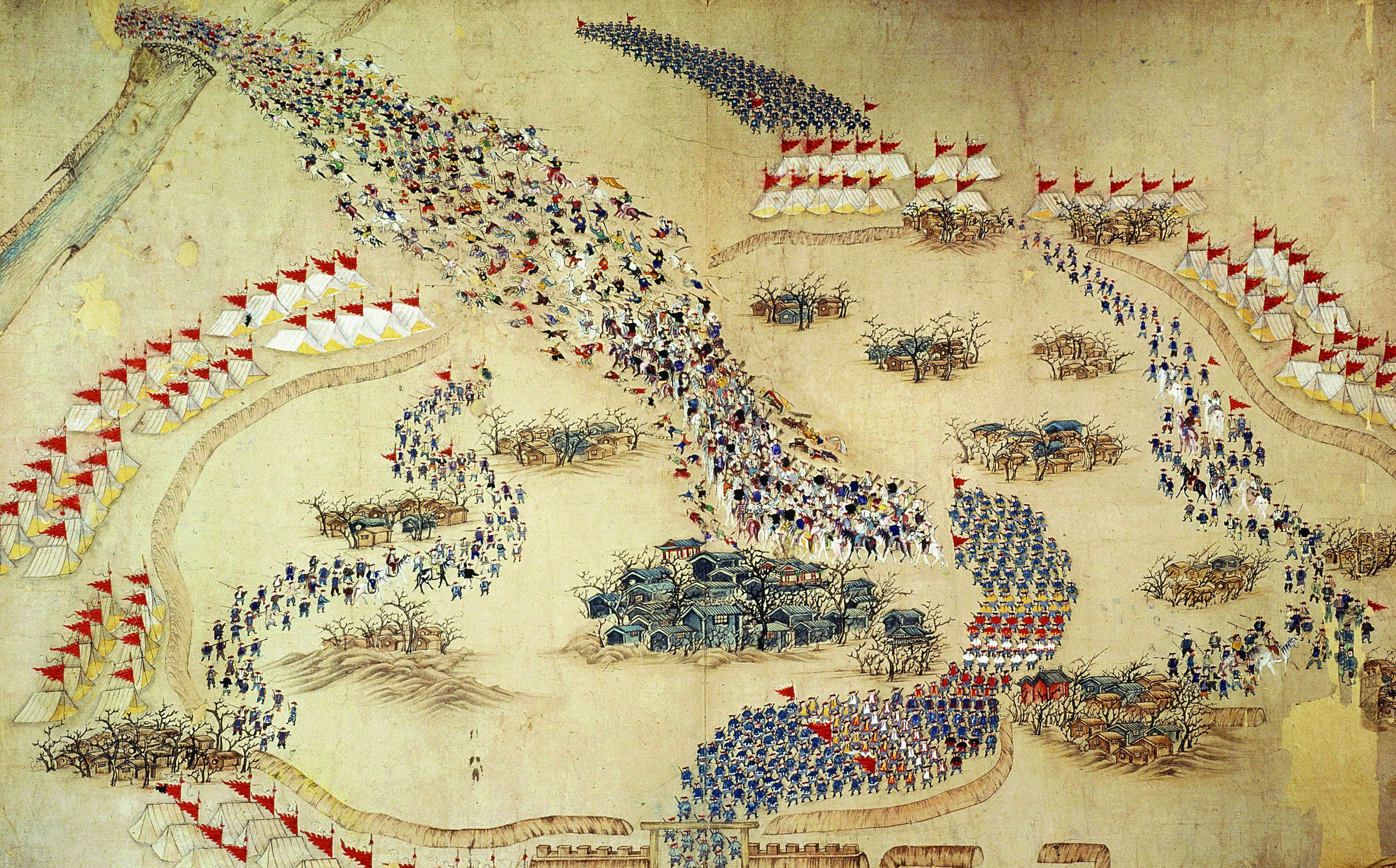
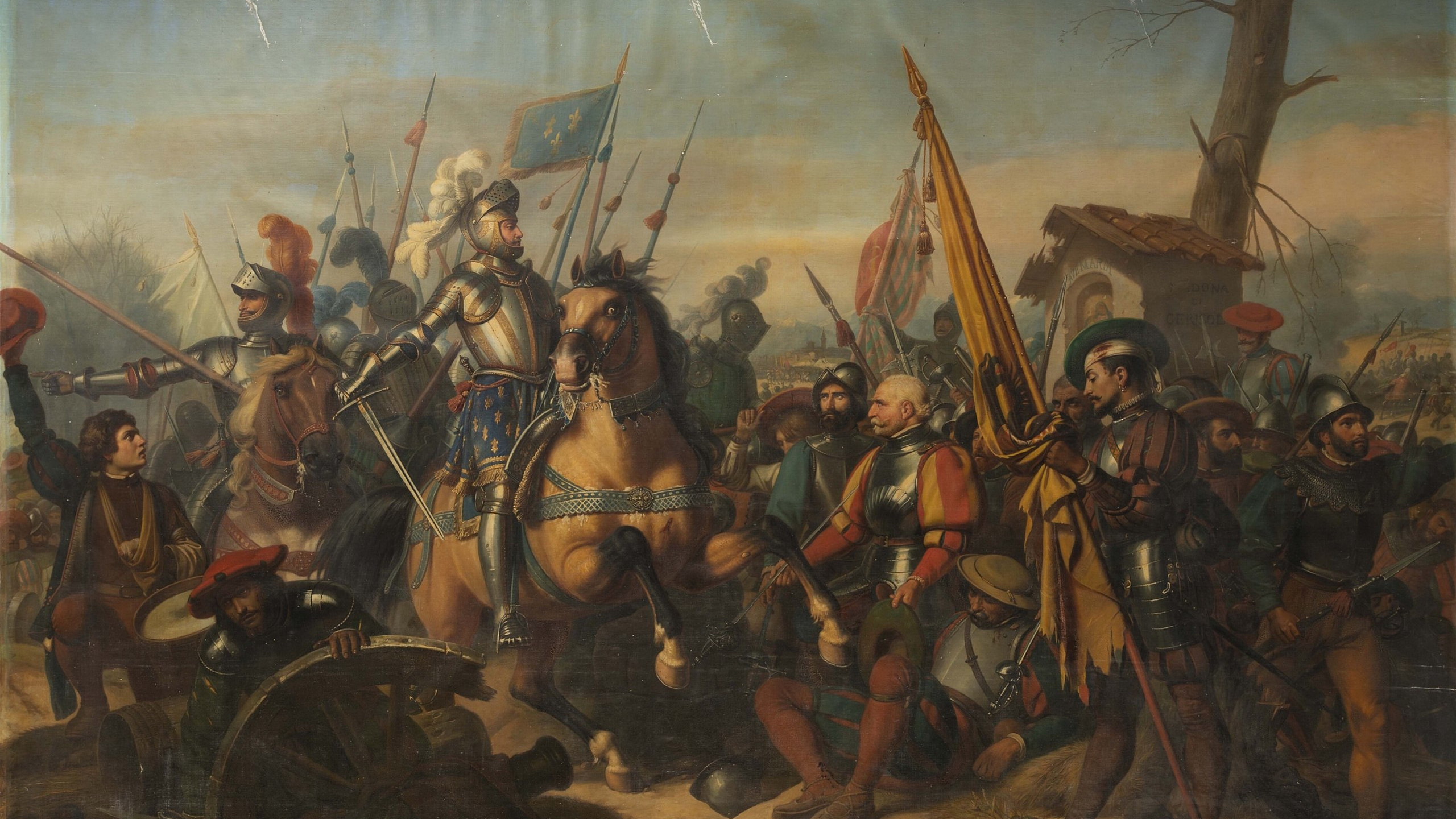
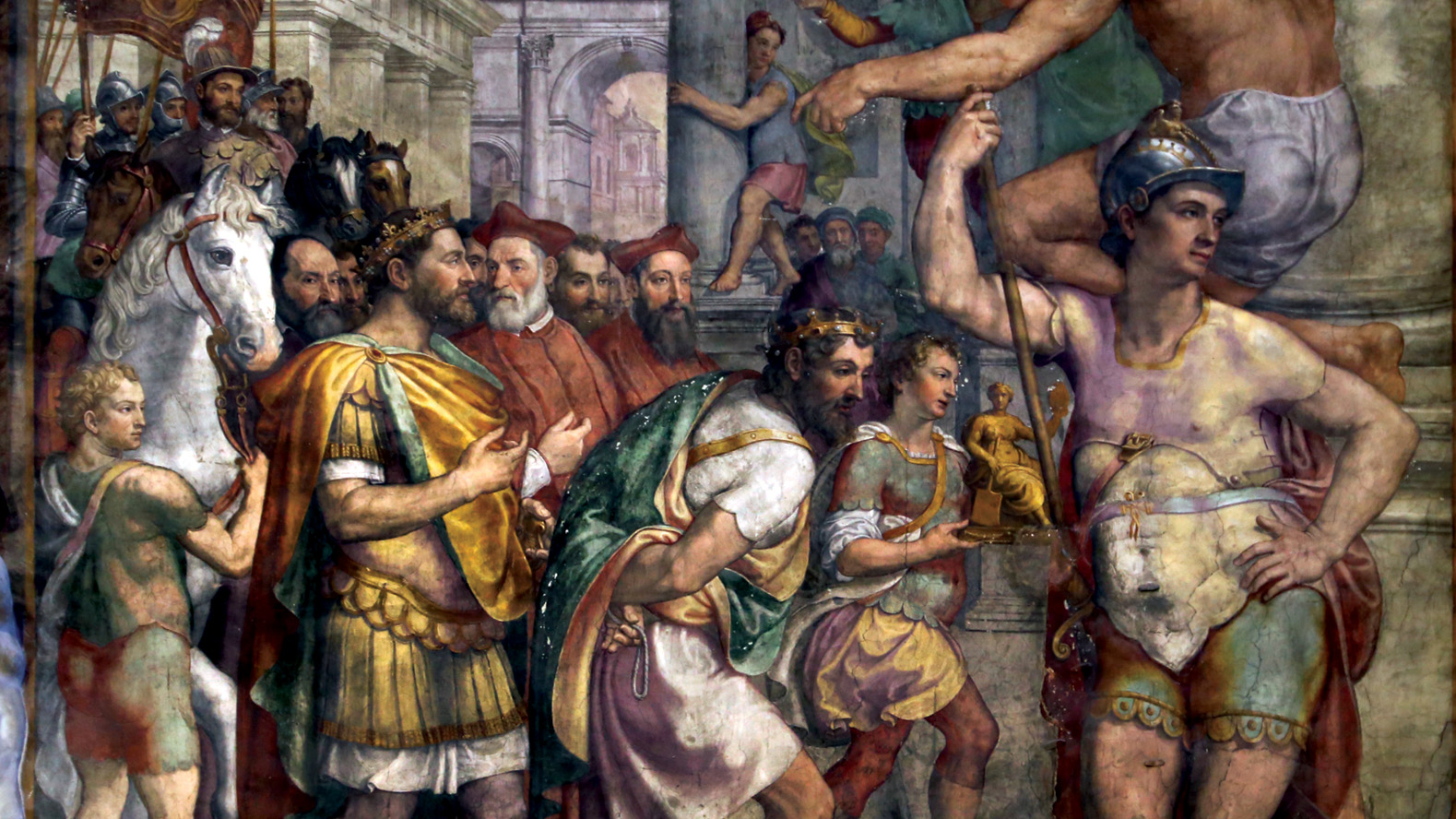
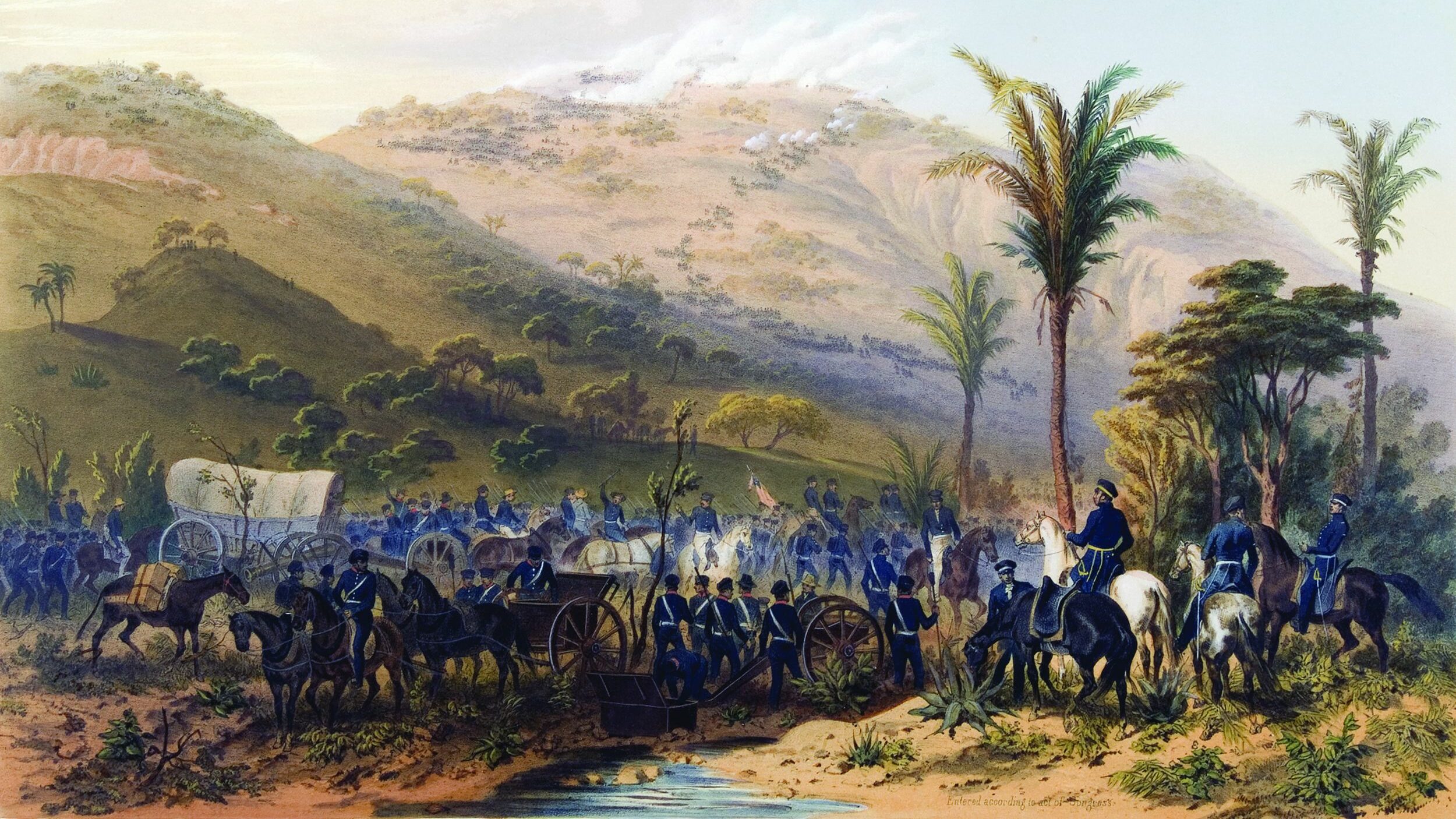
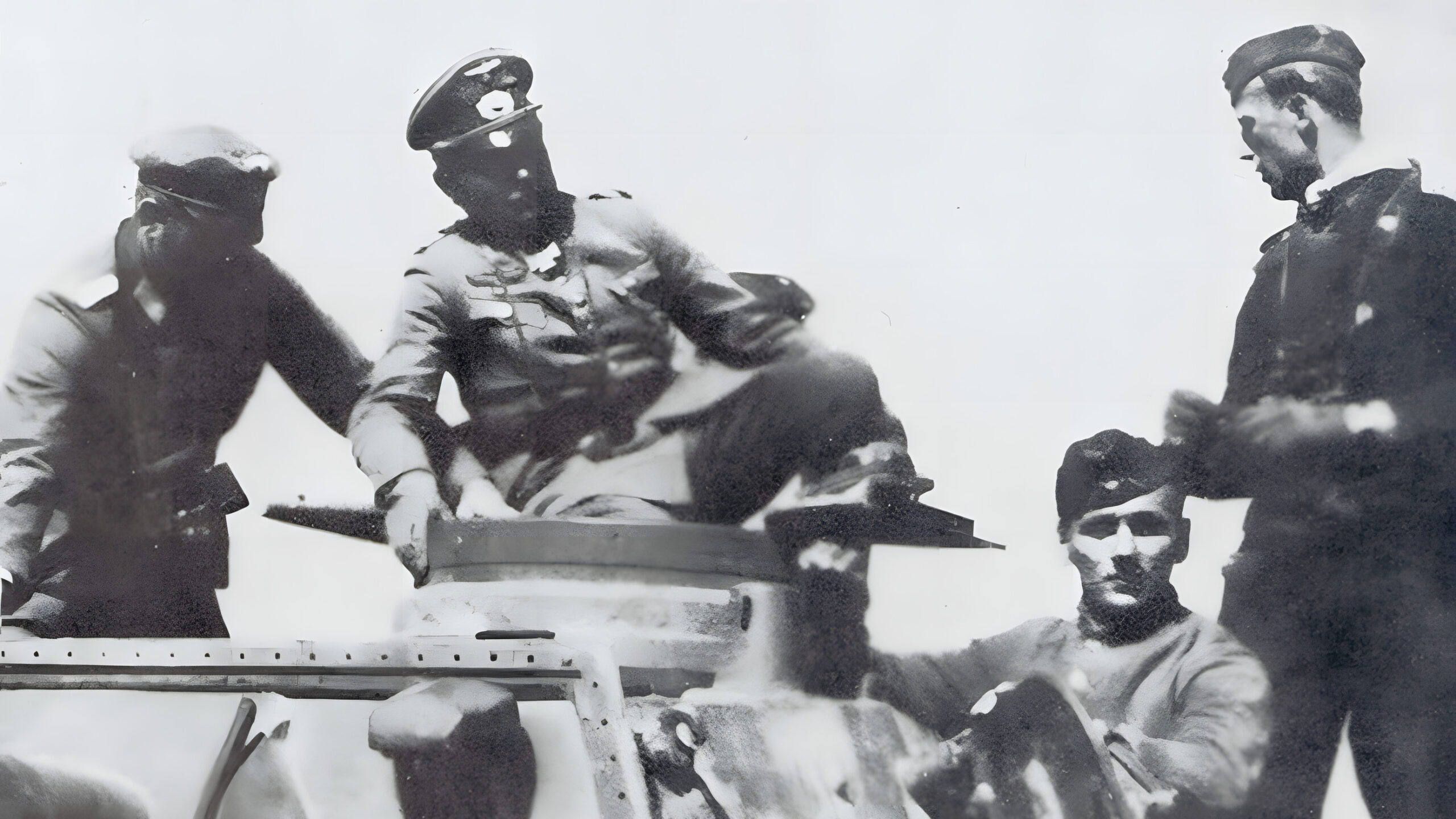
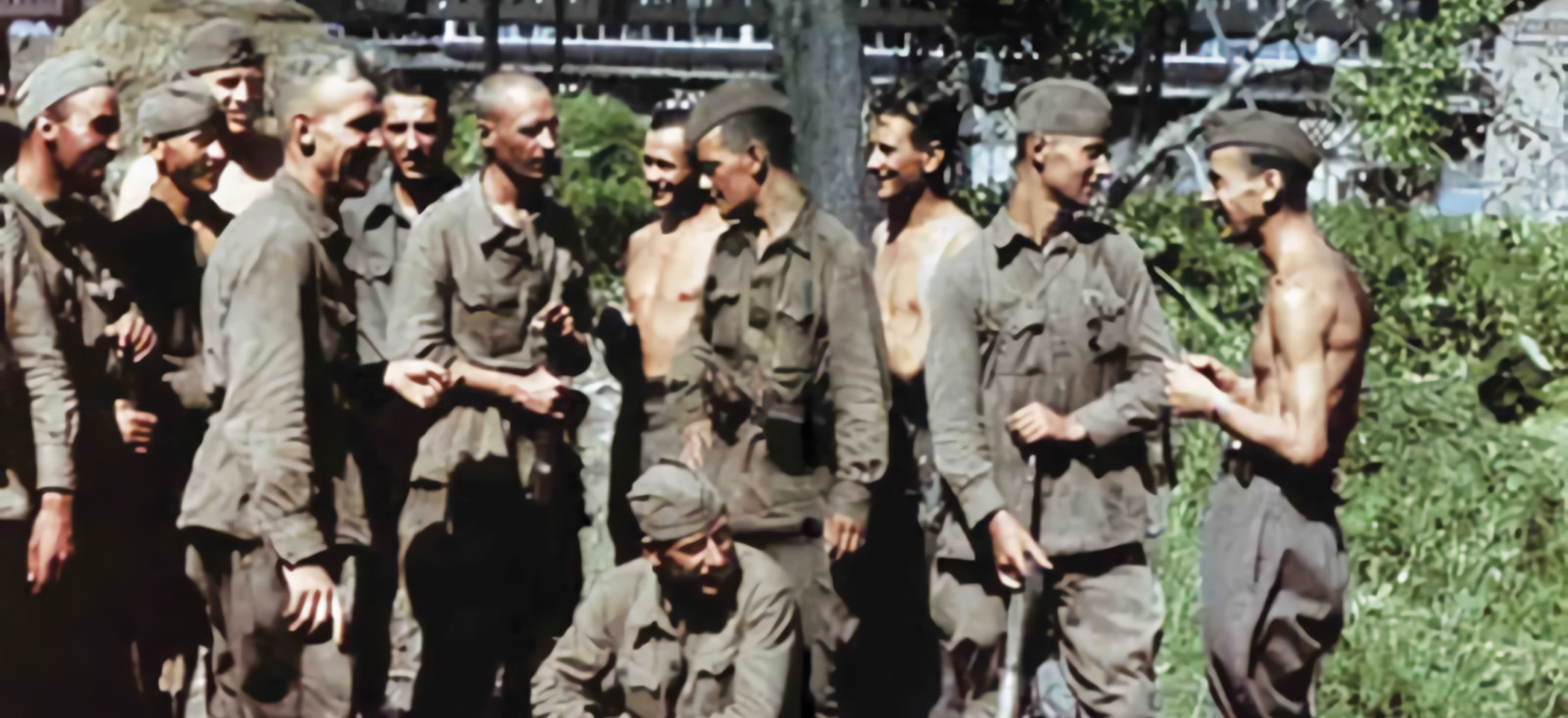
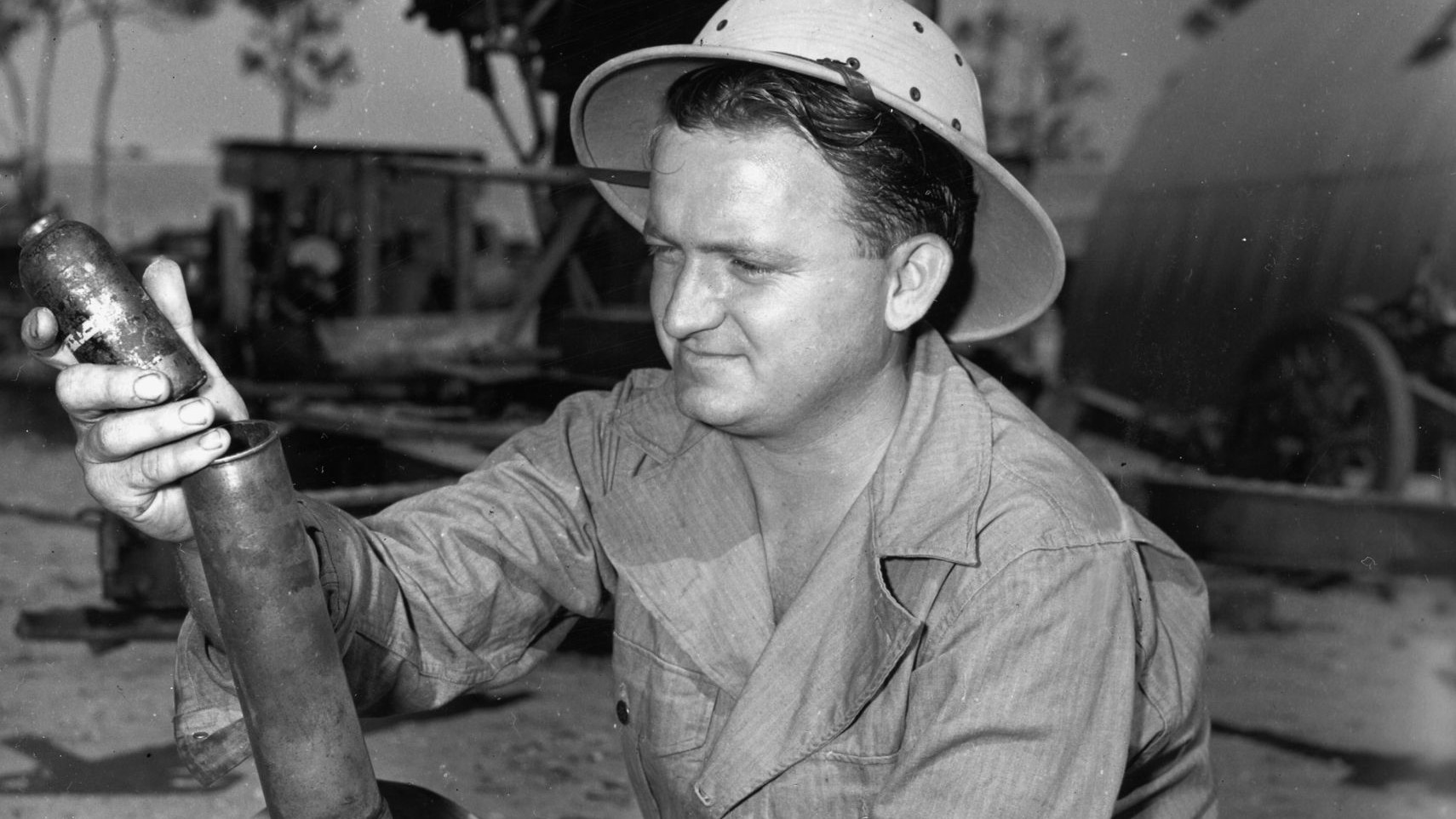
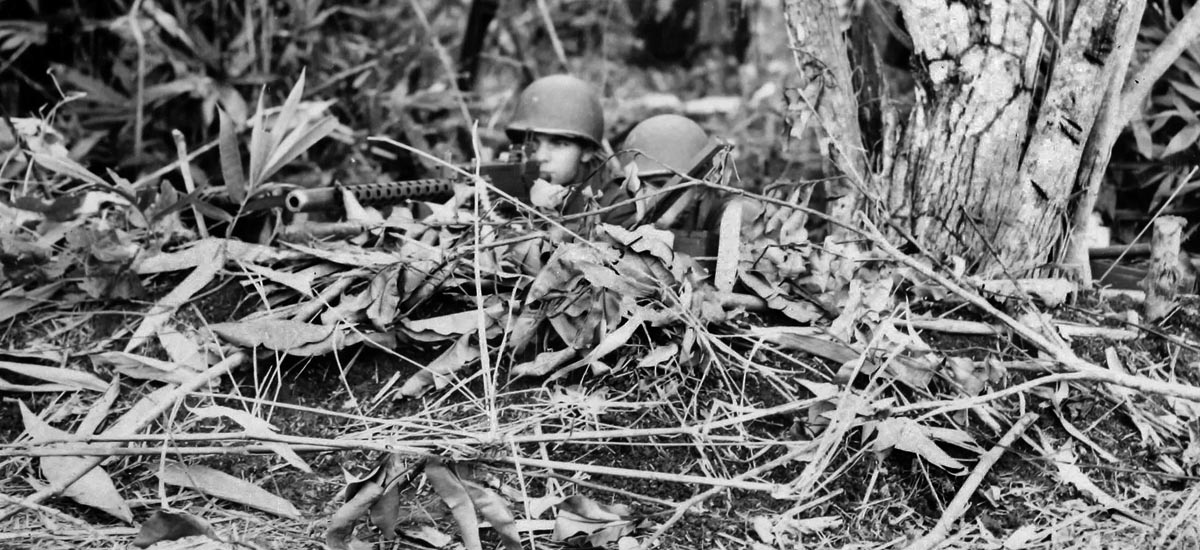
Join The Conversation
Comments
View All Comments